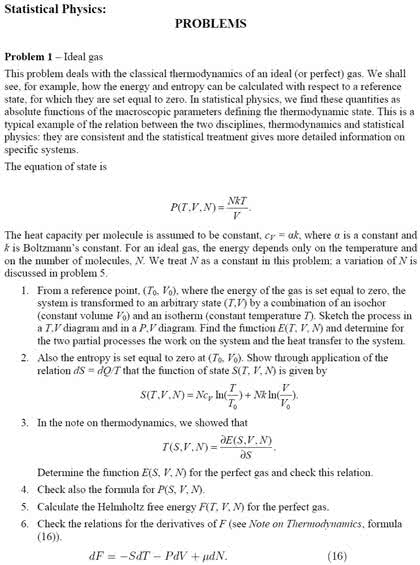HPS211H1 Lecture Notes - Lecture 6: Mitosis, August Weismann, Anglo-Egyptian War
45 views4 pages
2 Jun 2012
School
Course
Professor
Document Summary
Studies of living organisms before late 18th century. Natural history was focused on: fieldwork, observe, collect, classify species. Medicine was focused on form and functions of human body. Studies of animals and plants as by-products. Shift focus from species in wild to the bodies of organisms. Rise of morphology (i. e. cuvier"s comparative anatomy) concerns the study of structure and forms of animals and plants. Museums of natural history as research centers: transformation of life science in the 19th century. Physiology the study of the functions of organs in a body. It emphasizes function (structure vs. function morphology vs. physiology) It became a dominant type of biological studies; replaced natural history, morphology, etc. Emphasis on experimental method, laboratory science (i. e. microscope, vivisection, tissue culture) Coll ge de france: fran ois magendie and claude bernard. University of berlin: johannes m ller, carl ludwig, emil dubois-reymond, hermann helmholtz. Cell was discovered in the 17th century by robert hooke.


